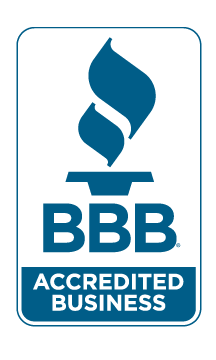Legacy CRM-AMS — Terms of Service
1. Description of Service
2. Eligibility and Access
3. Subscription Plans and Billing
- Subscription Fees: Access to the Platform is provided on a recurring subscription basis.
- Agent Plan: $34.99 per month.
- Agency Plan: $39.99 per month.
- Automation Add-On: $34.99 per month (optional).
- Power BI Analytics Add-On: $20.00 per month (optional).
- Free “Producer” Tier: Agents producing $5,000 or more in monthly paid, in-force premium qualify for free access.
- Production is measured by placed, issued, and in-force business entered and updated in the Platform between the 1st and 28th day of each calendar month.
- Qualification is reviewed monthly; if production falls below $5,000, the standard Agent Plan fee applies for the following month.
- Trials and Promotions: Free-trial or beta access may be offered at Legacy’s discretion. Trial length and renewal terms will be disclosed during signup.
- Billing Cycle: Subscriptions are billed monthly or annually (if selected). Charges are processed automatically via Stripe on the billing date.
- Cancellations: Users may cancel at any time through the Stripe customer portal or by written notice to
This email address is being protected from spambots. You need JavaScript enabled to view it. . Access remains active through the current paid period. - Refunds: Except as required by law, payments are non-refundable once a billing period begins.
4. Contracted Carriers and Availability
5. Data Ownership and Use
- Agent/Agency Data Ownership: Agents and agencies retain full ownership of their client, policy, and production data (“User Data”).
- License to Legacy: By using the Platform, Users grant Legacy a limited license to host, back up, and process User Data solely for operating the Platform.
- Data Portability: Users may export their data upon request or termination. Legacy will not sell, share, or use User Data for purposes unrelated to the Platform.
- Privacy Policy: Data handling practices are further described in our Privacy Policy.
6. Account Security
7. Acceptable Use
Users agree not to:
- Misuse the Platform for unlawful, fraudulent, or competitive purposes;
- Upload malicious code or interfere with system performance; or
- Share login credentials with unauthorized persons.
Legacy reserves the right to suspend access for violations of these Terms.
8. System Availability and Updates
9. Limitation of Liability
10. Termination
11. Governing Law
12. Contact Information
Effective Acceptance
By accessing or using the Legacy CRM-AMS Platform, you acknowledge that you have read, understood, and agree to these Terms of Service.




